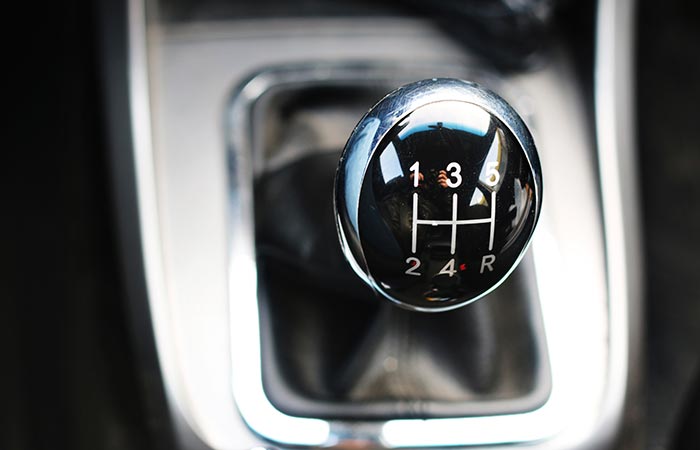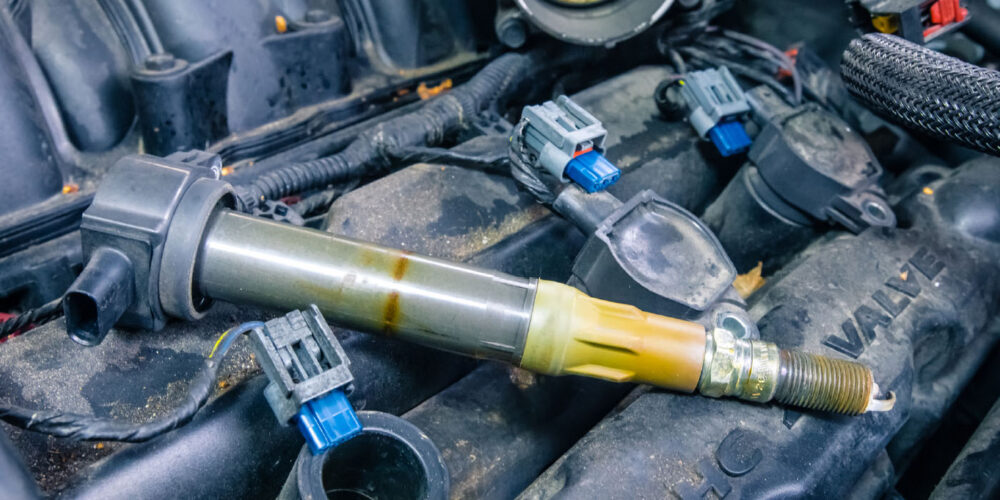A car might be over 20 years old, but that doesn’t mean the customer isn’t concerned with how it runs. In this case, the component related to the code was not the culprit.
Vehicle
1995 Mazda B2300 2.3L
Complaint
The customer states the engine idles rough. The customer also states the check engine light is on.
Cause
Confirmed the customer’s complaint and found the engine idled rough. Connected a scan tool and found code P1443 – Purge Flow System Circuit Malfunction. At idle, used the scan tool to monitor live data and found the evaporative emission (EVAP) purge flow sensor signal parameter was within the specified range of 1.5 to 2.0 volts. At idle, used the scan tool to command the purge solenoid open and observed the EVAP purge flow sensor signal parameter responded to changes in commanded purge rate and engine speed. Observed the idle speed was below the specified 475 to 575 rpm. Used the scan tool to command the idle air control valve on and found engine RPM did not change, indicating the idle air control valve was inoperative. Inspected the idle air control valve wiring harness and found no faults. Connected a test light in place of the IAC valve, used the scan tool to command the IAC valve on and found the test light was illuminated, indicating the wiring and control circuit were functional. Used a set of fused jumper wires and applied power and ground to the idle air control valve and found the idle air control valve failed to operate. Used a multimeter to measure the resistance of the idle air control valve and found the measured resistance was out of the specified range of 6 to 13 Ohms. The results of these tests indicated the idle air control valve was faulty.
Correction
Replaced the idle air control valve, cleared codes, performed a road test and verified the vehicle operated properly. The check engine light did not illuminate and no fault codes returned.
Courtesy of Mitchell 1 SureTrack Real Fix















